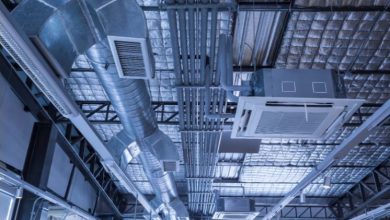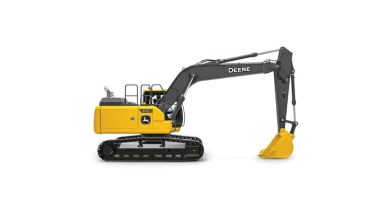Unlocking More Than Just Doors with RFID Proximity Technology

RFID (Radio Frequency Identification) proximity technology is a fast and efficient way to control access to buildings, facilities, and even vehicles. By using RFID badges, cards, or other devices, organizations can ensure that only authorized personnel are granted entry to restricted areas. But RFID technology can do much more than just unlock doors. In this article, we will explore some of the many uses for RFID proximity technology, and look at how this technology is changing the way that businesses and organizations think about access control.
One of the most promising applications of RFID proximity technology is in the development of turnstiles. What are turnstiles? These high-tech turnstiles use RFID badges or cards to allow for fast and efficient access control, while also providing a high level of security. RFID turnstiles are particularly useful in high-traffic areas such as airports, train stations, and other public transportation hubs, where large numbers of people need to pass through quickly and efficiently. By incorporating RFID technology into turnstiles, businesses and organizations can improve access control, enhance security, and reduce wait times for users.
Another exciting use for RFID proximity technology is in the development of smart lockers. These are secure storage spaces that are equipped with RFID readers, allowing users to easily and securely store their belongings. Smart lockers are ideal for settings such as office buildings, schools, or fitness centers, where people need a safe and secure place to store their personal items during the day. With RFID technology, users can access the lockers quickly and easily, without the need for keys or other cumbersome access methods.
RFID technology can also be used to monitor the movement of assets, such as vehicles or equipment. By installing RFID readers in strategic locations around a facility, organizations can track the movement of these assets in real-time, ensuring that they are being used effectively and efficiently. This can help to prevent theft or loss of equipment, and also provide valuable data on the utilization of assets over time.
Another exciting application of RFID technology is the development of smart parking systems. These systems use RFID readers to track the entry and exit of vehicles from parking garages or lots, providing real-time data on parking availability and utilization. With smart parking systems, organizations can better manage their parking, reduce the time and frustration associated with finding a parking space, and provide accurate data on parking trends and usage over time.
Finally, RFID proximity technology can also be used to improve the overall safety and security of a facility. By incorporating RFID readers into security cameras or other monitoring systems, organizations can track the movement of individuals or groups within the facility, and quickly identify potential security threats. With RFID technology, security personnel can more effectively monitor and manage security incidents as they occur, reducing response times and improving overall safety for everyone in the facility.
In conclusion, RFID proximity technology is a powerful tool that has the potential to transform the way that organizations manage access control and asset tracking. With applications ranging from RFID turnstile and smart lockers to smart parking systems and integrated security monitoring, RFID technology can unlock significant value for businesses and organizations of all sizes. By staying up-to-date with the latest advances in RFID technology, businesses can position themselves to better manage their resources, improve security, and enhance the overall efficiency of their operations. Whether you are in transportation, healthcare, education, or any other industry, RFID technology has the potential to unlock a wide range of benefits and opportunities for growth.




